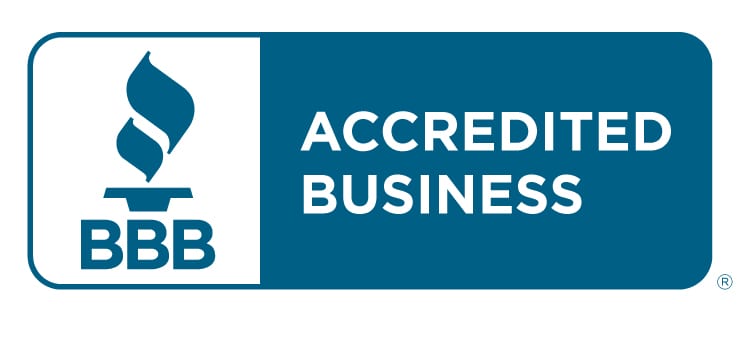
How to Use Surveys for Market Research
Every business owner wants to grow. However, it can be difficult to determine the best way to do that (especially if you have a limited budget).
One option is to conduct surveys about your product or service. Surveys can help you identify how you can improve your products or services and how customers feel about your brand.
Curious about how it’s done?
Why should you create a survey?
Conducting market surveys can help you avoid wasting valuable advertising funds and effectively target your campaigns.
Depending on the type of business, surveys can generate leads and collect contact information for building relationships with potential customers.
More importantly, they provide insight as to what your market wants and needs, allowing you to develop and provide these products or services in the future.
Benefits of Surveys
For the most part, surveys fall into one of two categories: questionnaires and interviews.
A questionnaire is a handout, mailer, or online form with a few questions the respondent can answer (usually anonymously).
Interviews might include individual meetings and calls with an existing or potential customer, as well as focus groups who volunteer or are paid to provide honest feedback.
How to Conduct Market Surveys
First, determine your goal. Are you trying to assess customer satisfaction, the effectiveness of your branding, or the right price point for your product?
Regardless of which survey approach fits your needs, be sure to collect demographic information about the respondent like location, age group, and income level. These factors are crucial because they’ll provide perspective about why the respondent is or is not receptive to your offerings.







